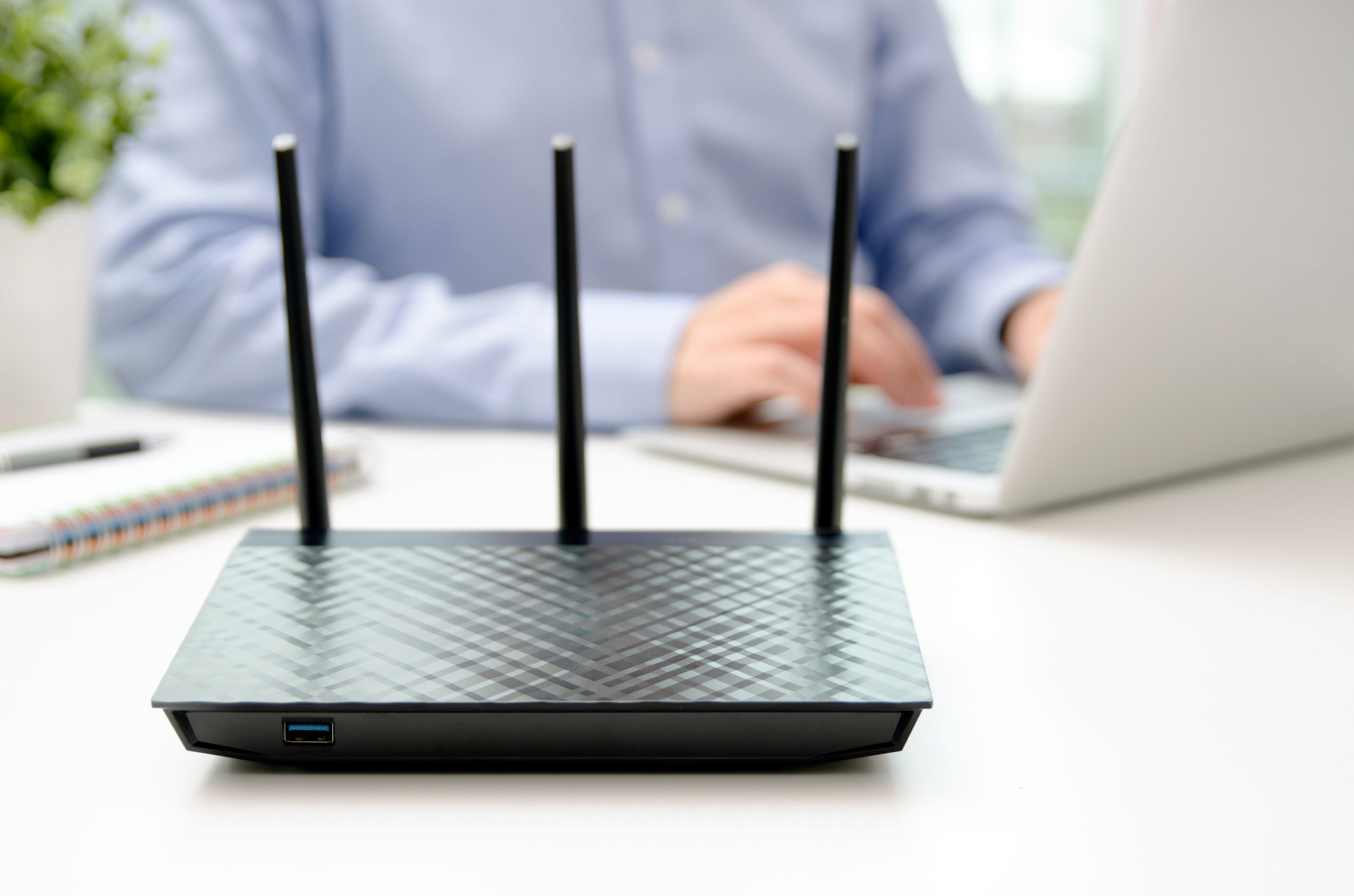Wireless Access Point Installation: Best Practices and Mistakes to Avoid
Setting up a wireless access point (WAP) is a crucial step in optimizing your network, whether for a home or commercial environment. With the proliferation of devices that require constant internet access, ensuring that your wireless network is robust and reliable has never been more important. However, the installation process can be fraught with challenges that, if overlooked, can lead to suboptimal performance, frustrating connectivity issues, and even security vulnerabilities. Therefore, understanding the best practices for wireless access point installation and avoiding common pitfalls is key to harnessing the full potential of your network.
The importance of a well-planned installation cannot be overstated. A strategically placed access point can extend coverage, improve connection speeds, and support a greater number of devices efficiently. On the other hand, poor installation choices can result in weak signals, dead zones, and interference, all of which detract from the user experience. In an age where seamless connectivity is paramount, the correct setup of your wireless environment should be a top priority.
This article will explore not only the best practices for installing wireless access points but also the common mistakes you should strive to avoid for a successful deployment. Understanding these aspects can markedly improve not just your internet reliability and performance but also enhance the functionality of the smart devices that make up your connected environment. From selecting the right access points to their ideal placement, every step matters when configuring a strong and reliable wireless network.
Join us as we delve into the critical aspects of wireless access point installation. With expert tips and an overview of potential pitfalls, you will be well-equipped to create an effective and user-friendly network that can support your needs today and scale for the future.
Choosing the Right Wireless Access Point
The foundation of any successful wireless network starts with choosing the appropriate access point for your specific needs. With a plethora of options available on the market, it’s essential to consider several factors before making a decision. First, evaluate the scale of your network. For small home environments, a consumer-grade access point may suffice, while larger commercial spaces require enterprise-level models that support more concurrent connections and advanced features. Ensure that the WAP you select has sufficient coverage for the area you want to serve, as poorly placed consumer-grade models can lead to weak connections and frustrating experiences for users.
Next, consider the technological specifications of the access point. Wireless standards have evolved significantly, and choosing a device that supports the latest technologies—like Wi-Fi 6—can offer considerable improvements in speed and efficiency. Wi-Fi 6 supports simultaneous connections for multiple devices, minimizing congestion and improving overall network performance. Features such as band steering and MU-MIMO (Multi-User, Multiple Input, Multiple Output) technology can also contribute to an enhanced user experience by allocating bandwidth more efficiently.
Finally, think about the future scalability of your wireless network. As more devices become interconnected, ensuring your access point can accommodate these increases in demand is critical. For larger setups, consider a central management solution that allows for easy expansion and centralized control of multiple access points. By selecting the right device tailored to your requirements, you pave the way for a network that is robust, efficient, and ready for the demands of tomorrow.
Optimal Placement and Configuration
Once you have chosen the right access point, the next critical step is its placement and configuration. Properly placing your wireless access point is essential to achieving maximum coverage and performance. Start by identifying high-traffic areas within your space where users are likely to connect. These locations are ideal for placing your access points to ensure that users receive a strong, stable signal. Keep in mind that physical barriers, such as walls and large objects, can weaken Wi-Fi signals, so positioning WAPs in open areas can help mitigate this issue.
Additionally, consider the height at which the access point is installed. Mounting the WAP on a ceiling or high on a wall can help ensure a more unobstructed signal, enabling the device to cover a larger area effectively. If you’re using multiple access points, maintain adequate spacing between them to avoid excessive overlap while still covering potential dead zones. Utilizing a site survey or Wi-Fi heat map can also guide you in effectively identifying optimal placement locations and highlight any areas of weak signal requiring additional devices.
After placement, fine-tuning the configuration settings of your access point is vital. Set appropriate SSID names and strong encryption settings to ensure security, and enable features that enhance performance, such as QoS (Quality of Service) to prioritize certain types of traffic. Conduct tests using Wi-Fi analysis tools to verify that your settings are providing optimal performance and adjust accordingly. By adhering to these placement and configuration best practices, you significantly improve your chances of a successful installation that meets the connectivity demands of your users.
Avoiding Common Installation Pitfalls
While knowing best practices is crucial, being aware of common mistakes can further enhance your wireless access point installation experience. A prevalent error is failing to update firmware. Many access points come with outdated firmware, which may have vulnerabilities and bugs. Before setting up your device, always check for the latest firmware updates from the manufacturer. Keeping your firmware current ensures that your network benefits from the latest security patches and performance improvements, thus preventing potential security breaches and connectivity issues.
Another common mistake is neglecting to secure the network properly. A default SSID, coupled with weak passwords, can expose your network to unauthorized users and cyber threats. Change default login credentials immediately and use strong, unique passwords for both your access point and Wi-Fi network. Employing WPA3 encryption wherever possible will further enhance your network security, protecting your data from intruders and malicious attacks.
Additionally, avoid overcomplicating your network configuration. While advanced settings may seem appealing, they often complicate the user experience and can introduce unnecessary issues. Strive for a balance by utilizing the essential features that support high performance without over-engineering your setup. Regularly monitoring your network for performance and security issues can help troubleshoot any problems promptly and keep your network running smoothly. Recognizing and avoiding these mistakes will simplify the installation process, ensuring that you create an efficient network tailored to your users’ needs.
Ongoing Maintenance and Network Optimization
After successfully installing your wireless access point, the work does not stop there; ongoing maintenance and continuous optimization are essential in ensuring lasting performance. Monitoring your network regularly will help you identify potential issues before they escalate. This includes keeping an eye on connected devices, assessing bandwidth utilization, and identifying any devices that may be causing network congestion. By conducting regular checks, you can adjust your access point settings or reconfigure network flows to maintain optimal operations.
Furthermore, consider the environmental factors affecting your wireless network. Electronic devices, walls, and other physical barriers can interfere with signals. To counter these challenges, you might need to reposition your access points or add more to maintain consistent coverage throughout your space. Software tools that monitor network performance can provide valuable insights, helping you to make informed decisions on adaptations you should consider for maintaining optimal network utilization.

Wireless router and man using a laptop in office. router wireless broadband home laptop computer phone wifi concept
Finally, stay informed about emerging technologies and updates in the field of wireless networking. New standards and enhancements in network protocols are continually being developed, which can significantly improve performance. Being ahead of the curve by adopting newer technologies when they become available will ensure that your network remains efficient and up to date with current standards. Ongoing attention to maintenance and adaptation guarantees that your wireless network not only meets but exceeds the expectations of its users over time.
Conclusion
In conclusion, the installation of wireless access points is a critical process with the potential to vastly improve network performance and user experience. By following the best practices outlined in this article—such as choosing the right equipment, optimal placement and configuration, and avoiding common pitfalls—you can create a reliable and efficient wireless environment that meets the needs of modern connectivity. Attention to detail during installation will save time, effort, and frustration down the road, ensuring that your network remains robust and user-friendly for all participants.
Installing a wireless access point can be an enriching experience that empowers users with better connectivity and enhances their interaction with technology. However, the journey doesn’t end once the installation is complete. Ongoing maintenance and fearless exploration of optimization techniques will allow you to adapt to changing demands and utilize the full potential of your wireless network. By fixing issues early and monitoring usage trends, you can prevent common problems from developing, securing your devices and sensitive data effectively.
As technology keeps advancing and the number of connected devices increases, understanding and implementing proper wireless access point installation and maintenance practices will be essential. Empower yourself to stay informed about innovations in network technology while regularly reviewing and updating your configurations. By doing so, you can set the stage for a wireless environment built on a solid foundation, one that adapts to both current and future needs while delivering the seamless connectivity users expect. Through diligence, strategy, and foresight, you can create a wireless experience that is not just functional but exceptional. The future of connectivity is at your fingertips—embrace it with confidence!



